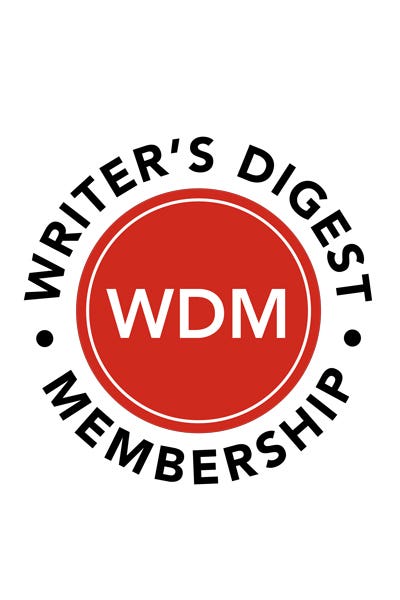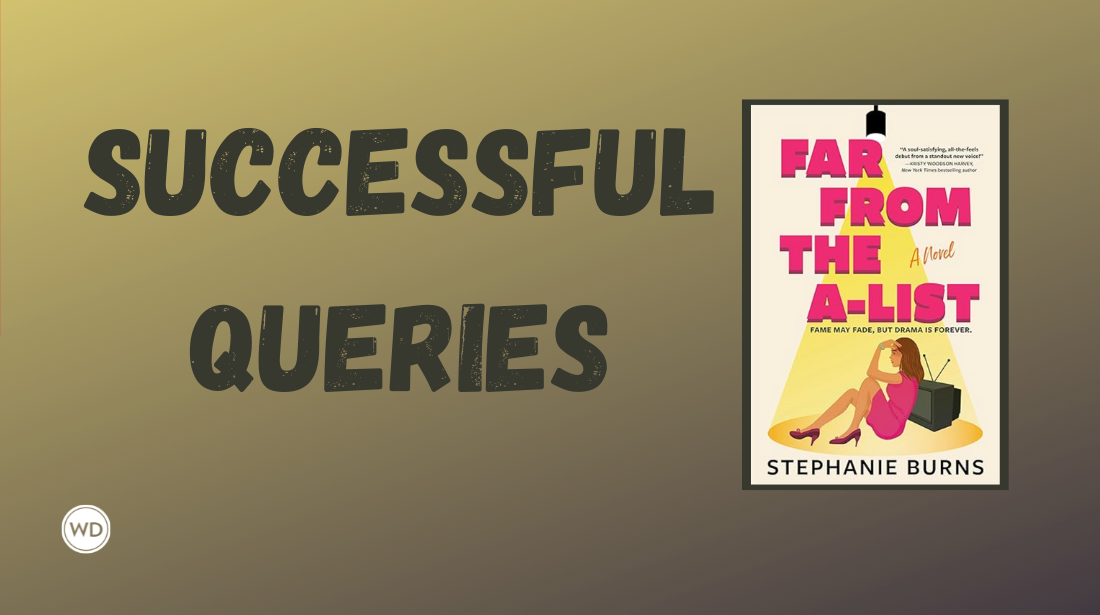What are BISAC codes and how do I use them?
BISAC codes are the industry standard for categorizing books. Learn when and how you might be able to use them.
BISAC codes are the publishing industry standard for categorizing new books. According to the Book Industry Study Group (BISG), the organization that provides BISAC code headings, BISAC stands for “Book Industry Standards and Communication.” These codes help retailers know where to shelve books in stores and serve as a starting point for categorization in online retailers. The caveat to this is that retail stores can then use their own versions of category names to fit their store layouts and for online retailers, categories can change depending on how buyers ultimately search for and buy the book.
Who Uses BISAC Codes
Generally, BISAC codes are selected by the publisher of the book, so if your goal is to be a traditionally published author, you won’t need to worry too much about selecting these. However, if you plan to self-publish your book, when you set up the book’s listings for online shops other than your own, you may need to select up to three BISAC codes to assign to your book as part of your book’s metadata, with the first one being the primary category. Even if you don’t use official BISAC codes in the metadata, these codes can help you choose from categories offered by the retailers you choose to list your book with.
You can always find the most current collection of BISAC codes on the BISG website, BISG.org/complete-bisac-subject-headings-list. The list does change periodically as new entries are added and less frequently used headings are removed, or sub-categories are rearranged.
It’s important to be as specific as possible when choosing which BISAC codes to assign to your book because you want your book to be as easy as possible to find by the people who are searching for the information or story you’re providing.
Examples of Choosing BISAC Codes
When I was acquiring books for Writer’s Digest Books they were almost always on the craft of writing or the business of publishing. So, if I was working with an author on a book about an aspect of writing fiction, I’d choose LAN005050 LANGUAGE ARTS & DISCIPLINES / Writing / Fiction Writing as my primary category, or if the book was about writing memoir, I’d choose LAN005060 LANGUAGE ARTS & DISCIPLINES / Writing / Nonfiction (incl. Memoirs). These two codes, Fiction Writing and Nonfiction, are as specific as it gets here. There aren’t more specific codes for writing specific genres in fiction or types of nonfiction.
If the book was about something publishing-business related, I’d pick one of the following depending on whether it was more about the writing life or business of publishing: LAN002000 LANGUAGE ARTS & DISCIPLINES / Writing / Authorship or LAN005020 LANGUAGE ARTS & DISCIPLINES / Writing / Business Aspects. Regardless of which of these I’d choose, they’d all be better options than LAN005000 LANGUAGE ARTS & DISCIPLINES / Writing / General because they provide more specific categorization guidelines.
Now, let’s say you’re writing fiction. It’s a cozy mystery with a helpful black cat as the main character’s sidekick in solving the mysteries. The list of Fiction BISAC codes is incredibly long, so you’d want to think about the main genre first. In this case, mystery/thriller. What type of mystery/thriller? A cozy. Then, see options exist in the cozy subcategory. You’d probably pick FIC022110 FICTION / Mystery & Detective / Cozy / Animals as the primary category, and if the main character is a woman, perhaps FIC022040 FICTION / Mystery & Detective / Women Sleuths as a subsequent category.
Other Uses for BISAC Codes
If you’re aiming to be traditionally published and you’re querying agents, you need to include some kind of genre information for the agent along with comp titles. So, BISAC codes might also be useful to you if you’re writing a genre-bending or genre-blending book. Looking through the list of BISAC codes might give you language to describe your book that is more standardized and concise. If you aren’t sure where the book would fit in the bookstore or what kind of comp titles to provide, you could use BISAC codes to help you narrow it down.
For example, if you’re writing a novel that has elements of science fiction, romance, and steampunk, you’d see that the BISAC codes direct you to a listing for Romance/Science Fiction as opposed to Science Fiction/Romance. But, you think the steampunk element outweighs the romance element. So, you might choose to prioritize other steampunk sci-fi books as comp titles or describe your book as a steampunk sci-fi novel with elements of romance in your query letter.
The Long and Short of It
Chances are you might never need to use the official BISAC codes, but they are an interesting way to explore how the publishing industry categorizes books, and they might just help you figure out how to describe yours. If you want to know more about BISAC codes, visit the BISG website.
About Amy Jones
Amy Jones is the Editor-in-Chief of Writer’s Digest and was the managing content director for WD Books. She is the editor of the Novel and Short Story Writer's Market and Children's Writer's and Illustrator's Market. Prior to joining the WD team, Amy was the managing editor for North Light Books and IMPACT Books. Like most WD staffers, Amy is a voracious reader and has a particular interest in literary fiction, historical fiction, steamy romance, and page-turning mysteries. When she’s not reading, Amy can be found daydreaming about Italy or volunteering at her local no-kill cat shelter. Find Amy on Twitter @AmyMJones_5.









